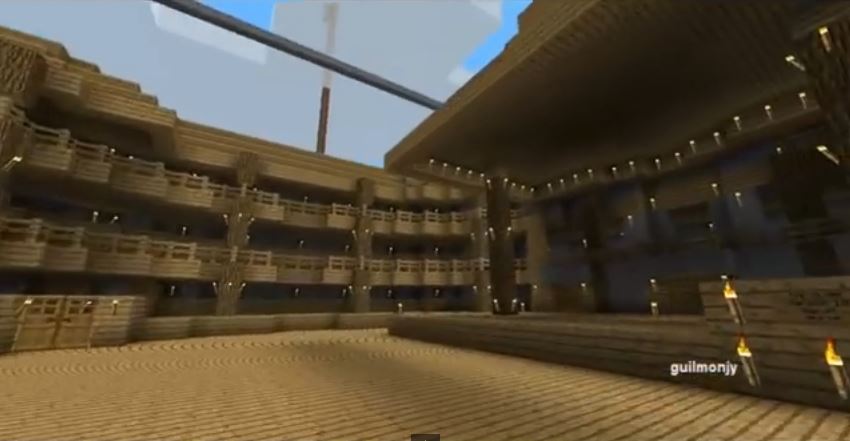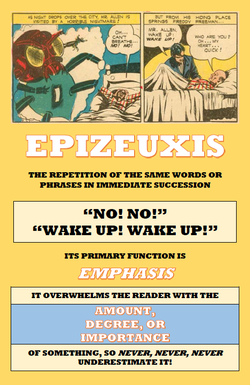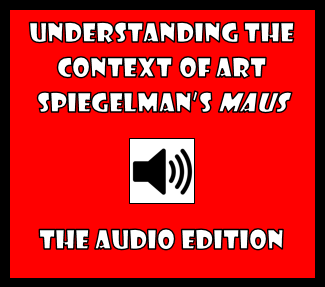|
by Glen Downey, Comics in Education, www.comicsineducation.com Before You Start the Play, You Might Want to Show Them the Impact Shakespeare Continues to Have on Us.When it comes to teaching Shakespeare, I have done just about everything in order to begin a given unit. I've read with the class, had them read alone or in partners, showed them film clips, had them act out the opening scene, went on at length about the context of Shakespeare's plays, and even, for Othello, introduced them to the branch of psychology that deals with the science of lying courtesy of a very amusing video courtesy of the Science Show. Doing any of these things can lead to a successful start to your unit, but there's an even better approach I think. If you want to convince kids that Shakespeare is still having an impact, and that both he and the time in which he wrote--the Renaissance--are still relevant today, show them the video below. It's only a couple of minutes long, but if you've never seen it before, I think it will leave an impression. As someone with both a profound appreciation of visual narrative and academic training as a ludologist (someone who studies the history and theory of games in literature and culture), this video and a host of others like it show that Shakespeare still speaks to young people--if not always in the Early Modern English with which he penned his plays then in the language of square blocks that has become one of the most popular digital pastimes among young adolescents today--especially boys. And let's face it--Minecraft absolutely rules when it comes to developing a student's capacity for creativity and self-expression. It's not unusual for me to come home from work and see that my son has constructed a fortress or underground complex that I can't even begin to figure out. And it usually comes with a story--therein lies the key. I know that you can already begin to see the possibilities--class projects involving set designs, staging, and the like. So I'll leave you to check out www.minecraft.net for yourselves...
Who knows...maybe you're a closet Minecraft superstar in the making.
0 Comments
Your comment will be posted after it is approved.
Leave a Reply. |
Glen DowneyDr. Glen Downey is an award-winning children's author, educator, and academic from Oakville, Ontario. He works as a children's writer for Rubicon Publishing, a reviewer for PW Comics World, an editor for the Sequart Organization, and serves as the Chair of English and Drama at The York School in Toronto. If you've found this site useful and would like to donate to Comics in Education, we'd really appreciate the support!
Archives
February 2019
|




 RSS Feed
RSS Feed
